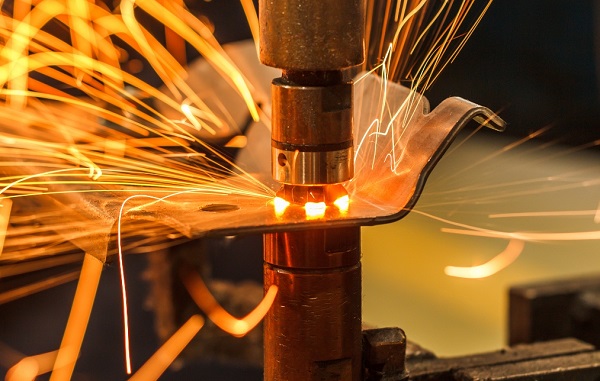Common Faults of Laser Welding Machines and Their Repair Methods
Laser welding machines are widely used in industrial manufacturing for their precision, speed, and flexibility. However, like any high-precision equipment, they can experience faults that affect productivity and weld quality. For businesses using or planning to purchase laser welding equipment, understanding the most common issues and how to resolve them is essential for minimizing downtime and maintaining performance.

1. No Laser Output
Cause: Power supply failure, laser source malfunction, or interlock system activation.
Solution:
Check power input and circuit breaker status
Confirm emergency stop button is released
Inspect fiber connection between the laser source and welding head
Use diagnostic software to read error codes from the control system
2. Weak or Unstable Welding Performance
Cause: Degraded laser power, misaligned optics, or contamination on protective windows.
Solution:
Calibrate the laser output power using a power meter
Clean or replace optical components such as lenses and mirrors
Realign the beam path if necessary
Ensure cooling system is functioning properly to avoid thermal drift
3. Poor Weld Seam Quality (Porosity, Spatter)
Cause: Incorrect process parameters, shielding gas issues, or material contamination.
Solution:
Adjust laser power, welding speed, and defocus settings
Verify shielding gas flow rate and purity
Clean base materials before welding
Consider using pulsed welding modes for thin or sensitive metals
4. Motion System Errors
Cause: Servo motor failure, encoder feedback loss, or mechanical wear.
Solution:
Check motor connections and driver settings
Perform homing procedure to reset axis positions
Lubricate linear guides and check for mechanical binding
Replace faulty encoders or servo drives
5. Overheating and Thermal Protection Activation
Cause: Blocked air filters, insufficient coolant flow, or ambient temperature too high.
Solution:
Clean or replace air intake filters
Inspect chiller operation and coolant level
Ensure proper ventilation around the machine
Install additional cooling or climate control if necessary
Understanding these common faults and their repair methods helps operators maintain the reliability and performance of laser welding machines. When purchasing new equipment, always choose a reputable laser welding system supplier who offers comprehensive technical support, detailed maintenance documentation, and access to spare parts. This ensures long-term productivity and minimizes disruptions due to equipment failure.
Recent Posts
- What are the advantages of laser welding machines in lithium battery pack production lines?
- What issues should be noted when choosing a lithium battery pack production line?
- Quality Inspection and Control of Lithium Battery Module Pack Production Line
- Cell grouping and sorting process in lithium battery module pack production line
- What are the safety hazards of lithium battery pack production lines and how can they be prevented?
INQUIRY

